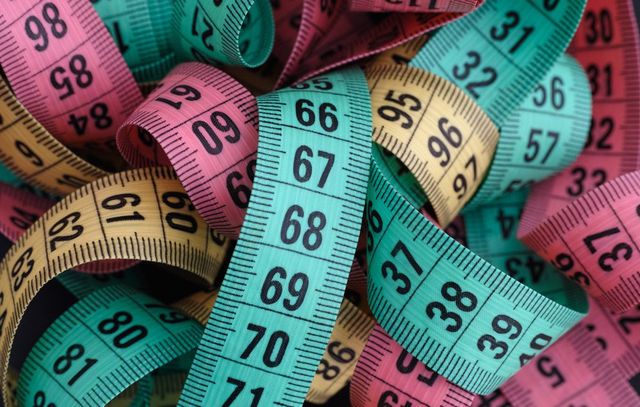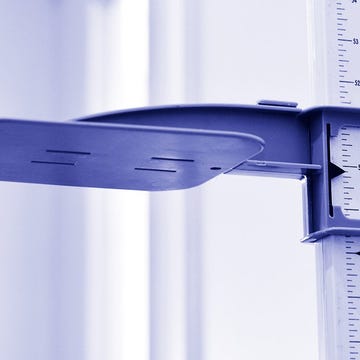A larger waist might signal bad news below the belt: Guys with bigger bellies are at higher risk of developing prostate cancer, according to new research presented at the European Obesity Summit.
The researchers found that every 4 inches added on to your waist can make you 13 percent more likely to develop prostate cancer and 18 percent more likely to die from it.
That means if you have a 44-inch waist, your risk of dying from the cancer is 18 percent higher than it would be if you had a 40-inch waist.
Having excess fat around your waist—a main marker of metabolic syndrome, a condition which raises your risk of heart disease and certain cancers—has also been linked to insulin resistance, says Manish Kohli, M.D., an associate professor of oncology at the Mayo Clinic.
With insulin resistance, your body can’t absorb the hormone insulin properly, leading to high blood sugar and potentially prediabetes or diabetes over time.
Related: The 10 Best Exercises For a Flat Belly
But the condition also may play a role in cancer development: It seems to increase the presence of certain receptors located on the surfaces of cells in your body.
Their job is to sense and respond to specific hormones—in this case, insulin.
And too many of these receptors sparks something called cell proliferation, or the uncontrolled division of cells—a process that can result in cancerous cells, Dr. Kohli says.
Related: The Top 10 Cancer Signs People Ignore
Even if you’re not overweight, a big belly still puts you at risk.
Try to aim for a 37-inch waist or smaller, the size recommended by the World Health Organization. When you go above that, your chances of developing serious conditions like heart disease, stroke, and type 2 diabetes increase.
But your height might play a role in ideal waist size, too: That’s why some researchers recommend using the waist-to-height ratio to determine if you’re at risk.
In fact, people with a waist-to-height ratio of 0.5 or less—say, a 5’10” guy with a 35-inch waist—were less likely to experience health implications of abdominal obesity than those with higher ratios, a study from the U.K. found.
To measure your waist properly, wrap a measuring tape around your middle, halfway between the top of your hipbone and the bottom of your ribs. Take the measurement after breathing out.












